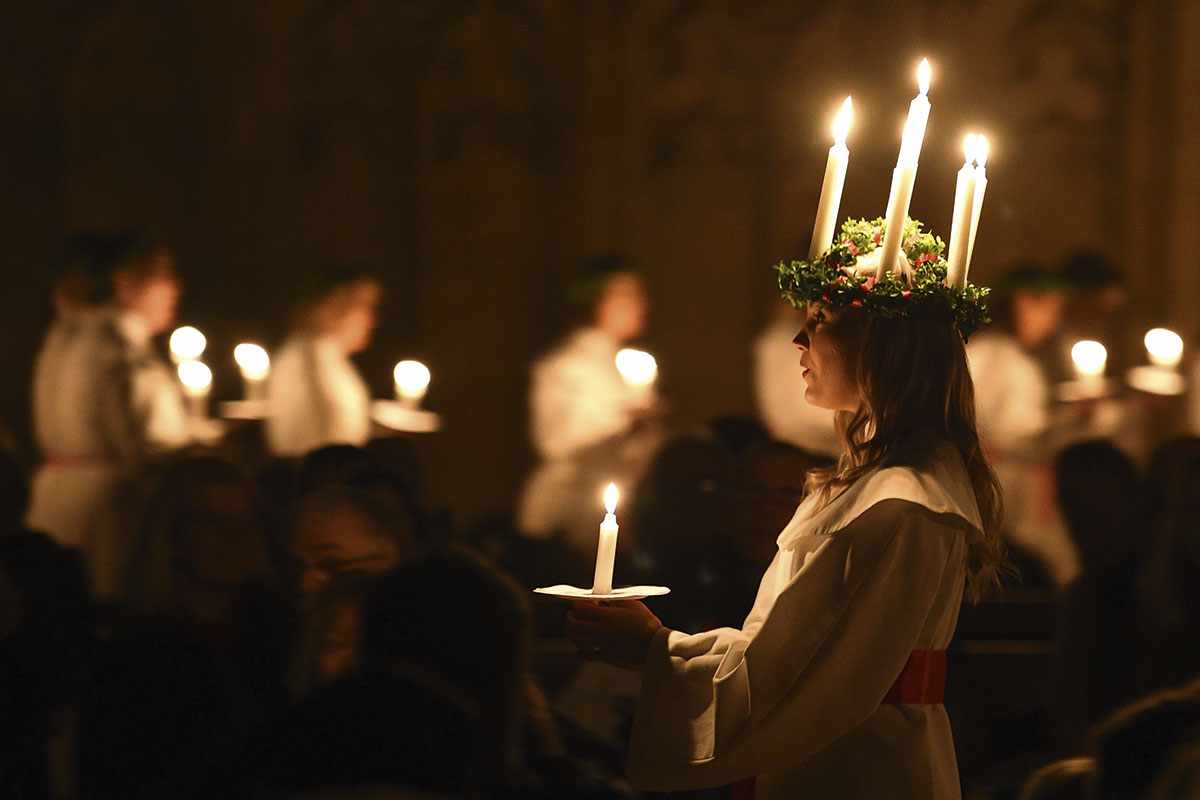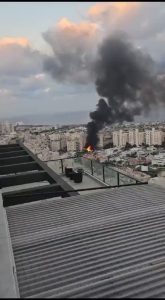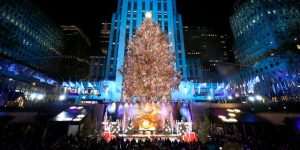When you just think that December has enough to celebrate between Christmas, Hanukkah, Kwanzaa, and the impending New Year, there’s still one other reason to assemble with your loved ones and celebrate the winter solstice. You might be more intimate with the winter solstice as the day with the least amount of sunlight.
Here are 13 fascinating winter solstice traditions around the world.
Also Read: Google features animated doodle to mark winter solstice
Saint Lucia Day, Scandinavia: With the numerous modern celebrations, ancient festivals have also examined the winter solstice that were combined with newer traditions to build the holiday season as we know it today. In Scandinavia, Saint Lucia Day is also called Saint Lucy’s Day. On December 13, the solstice, by the old calendar, marks the start of the Christmas season with a parade of young women in white robes, red sashes, and wreaths of candles on their heads lighting the way during the darkness of winter.
Dongzhi, China: This thousand-years old festival is celebrated on December 21, 22, or 23 with the family gathering around and enjoying a big meal which also includes rice balls, called tang yuan. Serving to mark the end of the harvest season, the holiday also has roots in the Chinese concept of yin and yang. After the solstice, the abundance of darkness in winter will begin to be stabilize with the light of the sun.
Also Read: Modern Santa ditches reindeers, hops on firefighter’s ladder to bring presents
Stonehenge gathering, England: While no one exactly knows why the ancient circle of Stonehenge was made, there’s no contradicting that it lines up with the movements of the sun. It’s one of the global statues that’s been built around the summer solstice, and archaeological analysis recommend that the winter solstice festivals happened there. Modern revelers have taken up the tradition by gathering at dawn, the day after the longest night to witness the magical occurrence of the sun rising through the stones.
Also Read: Creative DIYs to make this Christmas special
Shab-e Yalda, Iran: This antique Persian festival like many winter solstice holidays, celebrates the end of smaller days and the success of light over darkness. It means “birth,” and is marked by family gatherings, candles, poetry readings, and a feast to get through the great night of the year.
Winter Solstice Lantern Festival, Vancouver: To honour many cultural traditions that celebrate the winter solstice, Vancouver’s Secret Lantern Society designed the city’s Solstice Lantern Festival. The members can attend workshops to make their lanterns. On the night of the solstice they participate in a parade march throughout the city, and it culminates in fire performances.
Also Read: The 4 candles of Christmas: History and significance
Toji, Japan: The winter solstice in Japan is known as Toji. It has a few curious customs associated with it. Traditionally, a winter squash called kabocha is eaten, one of only a few crops that must have been available in the olden days. People also enjoy a hot bath with yuzu citrus fruits, which is believed to refresh the body and spirit, ward off disorders, and soothe dry winter skin.
Also Read: How to holiday shop at the last minute
Santo Tomas Festival, Guatemala: Even though the Catholic church now examines the feast of Saint Thomas on July 3, in Chichicastenango, Guatemala, the festival is still celebrated for a week by leading up to the winter solstice of December 21. It’s most likely a mix of the Catholic ceremony with native Mayan ceremony, that may have been timed according to the solstice. Today, the feast is characterized by the brightly colored traditional costumes, masks, parades, fireworks, and music.
Also Read: 5 places you need to consider for this year’s winter vacation
Soyal, Hopi Tribe: The primitive Hopi people of present-day northern Arizona celebrate the winter solstice as part of their monk tradition honoring kachina (or katsina), which are ancestral spirits, by describing the natural world. Throughout the Soyal solstice ritual which is led by a tribal chief, the sun is welcomed back to its summer path with ritual dances.
Burning the Clocks, Brighton, England: The fire that is essential to light the dark days of winter, has traditionally been part of winter solstice celebrations. The modern-day Burning of Clocks festival in the seaside town of Brighton took up that idea for its yearly solstice parade, bonfire, and fire show.
Newgrange gathering, Ireland: The 5,200-year-old Newgrange passage tomb and ancient temple allows one to experience the range of the winter solstice. A small opening above the entrance fills with light on several sunrises surrounding the solstice, gradually extending throughout the chamber to illuminate it. The dramatic consequences last for 17 minutes. Also, the exact reason why the tomb was built this way isn’t known, but it’s speculated that it marks the beginning of a new year and the triumph of light over darkness.
Illuminations, California’s mission churches: An illumination effect identical to that seen in Ireland’s Newgrange tomb has been discovered halfway across the world in more recent (though still old) structures. Mission churches in California and Latin America, such as Old Mission San Juan Bautista, built by Spanish missionaries in the late 18th and early 19th centuries to convert Native Americans to Catholicism boast of the same lighting phenomena.
Dongji, South Korea: “Little New Year” is observed in South Korea with the traditional eating of a red bean porridge called patjuk. Red is believed to be a lucky color, so the dish is meant to keep bad spirits away while embracing good wishes for the coming year.
Montol Festival, Cornwall, England: It is celebrated as a reinterpretation of ancient Cornish winter traditions. This 12-year-old winter solstice festival of Montol, in the town of Penzance, celebrates the culture of England’s westernmost peninsula. Wearing carnival-like costumes, guisers form a procession with lanterns, creating a “river of fire” meant to celebrate the return of the sun.







